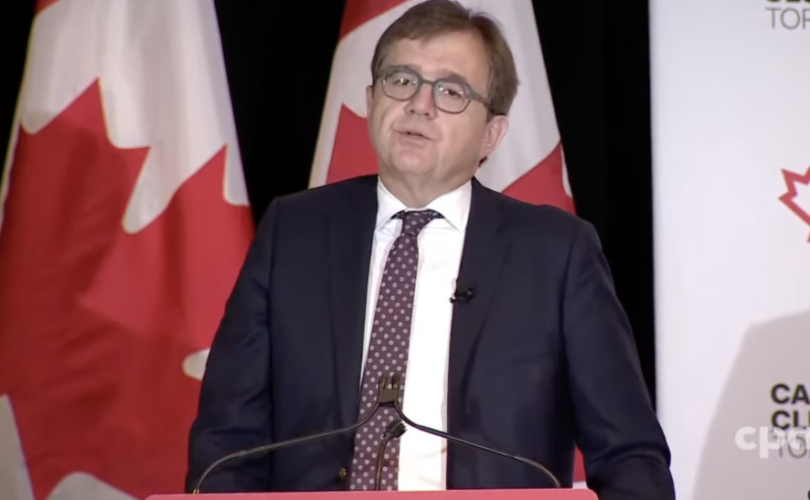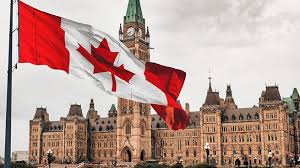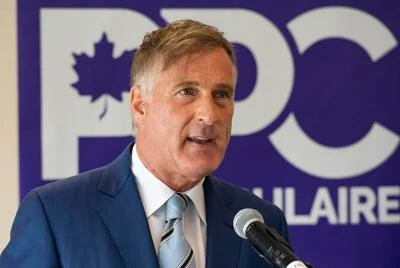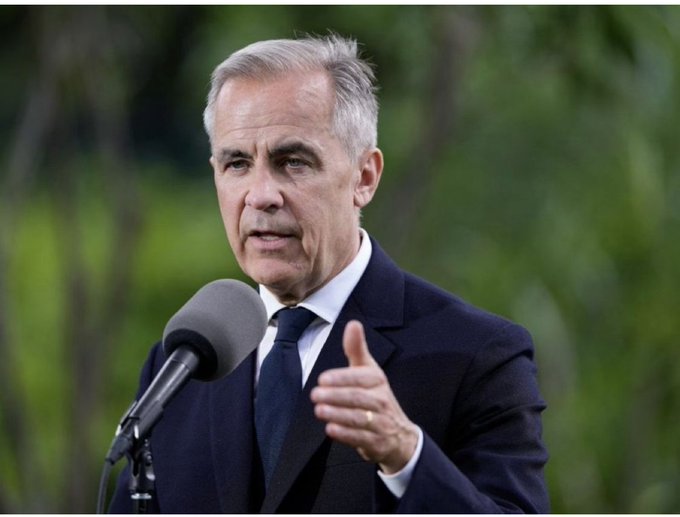Well, it seems like Canada’s energy tango has taken center stage again, with provinces and the federal government locked in a dance-off between green dreams and pragmatic realities. Will they waltz their way to a harmonious future, or are we in for more twists, turns, and a few awkward missteps? Only time will tell if this eco-ballroom drama ends in a standing ovation or a spectacular dance-floor collision. Let’s just hope the climate doesn’t storm off in a huff, leaving us with nothing but wilted hopes and a broken disco ball. Stay tuned for the next episode of “Sustainability Showdown: Can Canada Cha-Cha its Way to Net-Zero?”
In an ambitious move toward a greener future, the federal government, led by Prime Minister Justin Trudeau, is flexing its financial muscle to propel provinces toward a cleaner energy landscape. This strategic initiative, unveiled through Minister of Natural Resources Jonathan Wilkinson’s “Powering Canada Forward” release on August 8, signals a resolute stance against continued reliance on natural resources such as oil, gas, and coal beyond the year 2035.
Can Trudeau's Green Dream Unite Canada https://t.co/DjDPNisyZK
— Chris Wick News (@ChrisWickNews) August 11, 2023
A Vision for Change: Shaping Canada’s Energy Landscape
The cornerstone of this visionary proposal is the withholding of billions in taxpayer dollars from provinces that persist in utilizing traditional energy sources beyond the stipulated deadline. A significant paradigm shift is in the offing as the government fervently pushes for provinces to transition from conventional fossil fuels to electricity by 2035. Despite reservations voiced by provinces like Saskatchewan and Alberta, who deem this objective unattainable, the federal government remains steadfast in its commitment.
Collaborative Funding for a Sustainable Future
This comprehensive strategy emphasizes a collaborative approach with provinces and territories, aimed at fostering affordable net-zero electricity nationwide. While the plan ostensibly highlights incentives and tax benefits for compliant provinces, it effectively closes the financial tap for those choosing to tread the path of conventional energy sources.
The proposal extends a helping hand to provinces that embark on the net-zero journey, dangling incentives such as a 15 percent investment tax credit and a substantial $3 billion fund earmarked for renewable energy initiatives. The federal government’s promise is clear: tangible support for provinces that demonstrate tangible progress towards achieving net-zero status.
Challenges and Resistance: Provinces Speak Out
However, this bold vision has not been met without resistance. Alberta Environment and Protected Areas Minister Rebecca Schulz minced no words in denouncing the federal government’s approach. In a strongly worded statement, she criticized the imposition of an “unrealistic and costly” net-zero target by 2035, vowing to safeguard power bills and the integrity of the power grid in Alberta.
Saskatchewan Premier Scott Moe echoed these sentiments, lambasting the proposed withholding of taxpayer dollars as an undue penalty for provinces that underpin the Canadian economy. He fervently questioned the fairness of this approach, particularly in light of the economic contributions of provinces like Saskatchewan and Alberta.
Uniting Voices for Practical Solutions
Amid this heated debate, Alberta Premier Danielle Smith rallied behind Premier Moe’s stance, emphasizing the need for pragmatic collaboration between provinces and the federal government. Smith emphasized that the time had come for the federal government to reconcile its ambitious goals with the practical realities faced by provinces.
A Historical Context: Prior Encounters with Climate Initiatives
This recent clash is not the first instance of Alberta and Saskatchewan tangling with the Trudeau government over climate policies. The federal government’s persistent focus on environmental concerns has often pitted the interests of these provinces against its climate-centric vision.
Minister Steven Guilbeault’s stern warning against violating environmental regulations prohibiting coal and gas-fired power after 2035 closely followed Premier Moe’s assertion of his province’s intent to continue operating its existing plants. The clash of ideals and priorities was unmistakable.
Looking Ahead: The Balancing Act of Sustainability
The Trudeau government’s alignment with the United Nations “2030 Agenda for Sustainable Development” underscores its commitment to phasing out coal-fired power plants, reducing fertilizer usage, and curbing natural gas consumption over the next decades. While the pursuit of sustainability is paramount, it has triggered concerns, particularly within the agricultural sector. The envisioned reduction in nitrous oxide emissions through restricted fertilizer use has raised alarms among farmers, who fear a potential decline in profits and even food shortages.
Moreover, the forthcoming “clean fuel” regulations set to take effect in the coming year have elicited apprehension. Experts warn that the additional financial burden – an average of $1,277 annually – could be a significant blow to Canadian workers already grappling with surging inflation rates.
In conclusion, Canada’s trajectory toward a greener energy landscape is marked by both determination and dissent. The federal government’s resolute pursuit of net-zero targets, while commendable, has elicited a chorus of concerns from provinces whose economies are intricately linked to traditional energy sources. Balancing these conflicting interests while striving for an environmentally sustainable future will remain a formidable challenge for Canada’s policymakers and leaders in the years to come.










